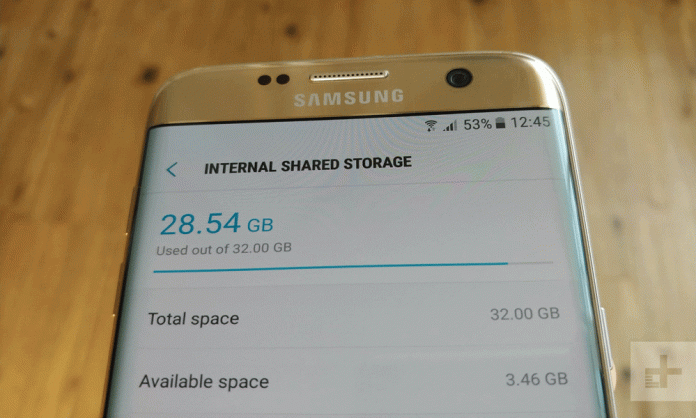Smartphone makers have begun to realize the need to expand their storage space, especially as application sizes are increasing and users are increasingly downloading files on their phones.
16 GB (or 32 GB) phones no longer meet the needs of many users, forcing them to look for ways to keep precious life clips.
Here are some ways you can keep your phone’s memory stored, available in an emergency.
Delete Unnecessary Files
There are some attachments that download on your device because of email, which can be disposed of. The e-mail can be cleaned up so that its messages do not occupy a large amount of memory.
Delete Images
Try not to keep everything you see on your smartphone, and delete all unnecessary images, such as duplicates or blurring. Experts recommend relying on Google services to back up unnecessary images.
Delete Apps
Check apps from time to time, get rid of those that you no longer use, and may not use them in the near future, and you can simply uninstall them from your phone. This can free up a lot of memory.
Huawei Mate 20 Series Specifications, Review and Price in Pakistan
Delete Videos
While deleting photos and videos taken with your phone is a solution, you can also delete videos you’ve downloaded through broadcast apps, such as movies or series.
Clear the Cache
Android users need to pay particular attention to cached files on smartphones. If you do not clean it regularly, the phone memory can be filled in days.
Use Lightweight Applications
Android users can download “light applications”. These applications do not have all the features, but include basic features, and take up much less space than applications in their full image.
Delete the Exchanged Messages
IOS provides messaging via iMessage, through which images and videos can be exchanged, elements that can make memory fill up quickly, making sure to delete what you do not want from time to time.


























